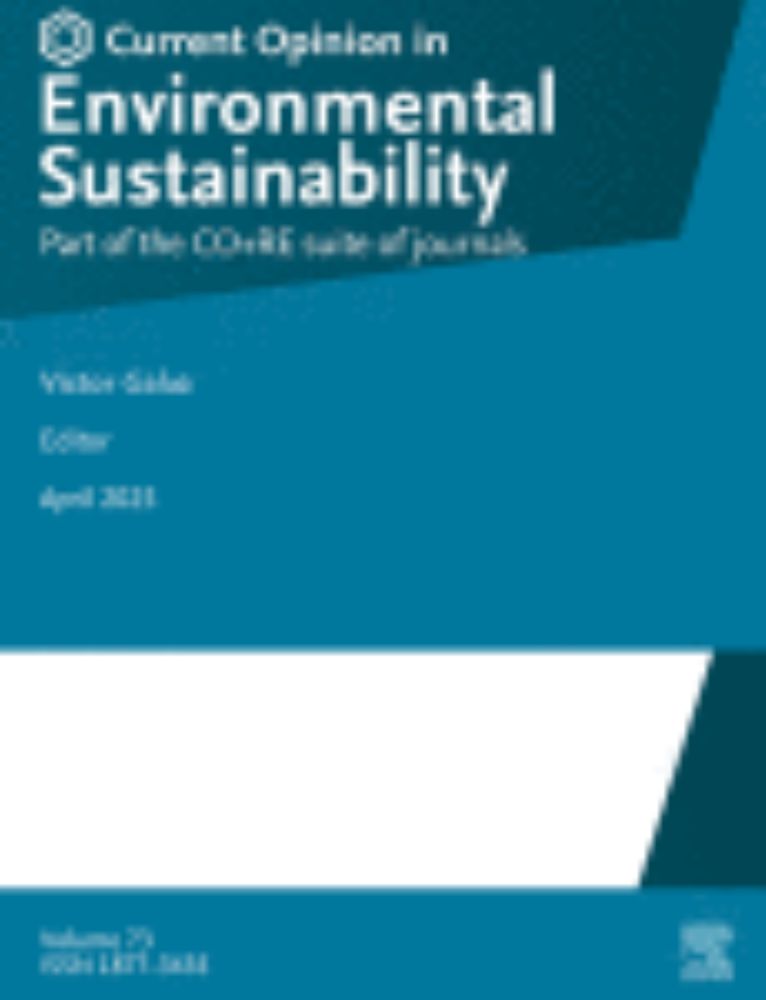(7/9)
While current investments efforts mostly use top-down (indirect) data, eDNA enables a bottom-up shift. This empowers local actors (e.g. companies and farmers) to monitor and adjust their practices, and improve outcomes for nature and productivity. 📊
20.05.2025 03:29 — 👍 0 🔁 0 💬 0 📌 0
(6/9)
eDNA overcomes biases by capturing more diversity, especially in hard-to-survey groups (e.g. arthropods and microscopic soil fauna). It’s easier to standardize and it works even in poorly studied regions. 🌍
#science
20.05.2025 03:29 — 👍 1 🔁 0 💬 1 📌 0
(5/9)
eDNA is revolutionizing data collection by enabling much faster and cheaper processing. For example, a striking case: a Swedish insect survey (from 2003-2006) that would’ve taken 1500 years with experts took just a few months with eDNA. 🧬
#innovation
20.05.2025 03:29 — 👍 0 🔁 0 💬 1 📌 0
(4/9)
➡️ eDNA is a recent revolutionary tool that has evolved rapidly. It involves collecting DNA directly from the environment (water, soil, air). One of the major advances has been DNA metabarcoding maturing enough to be used for large-scale, practical biodiversity impact assessments.
20.05.2025 03:29 — 👍 0 🔁 0 💬 1 📌 0
(3/9)
Why are there gaps? It’s because traditional biodiversity surveys methods are tough. They need rare expertise, lots of fieldwork, and slow, expensive analysis. This difficulty creates major geographic biases in available data. 🔍
#data
20.05.2025 03:29 — 👍 0 🔁 0 💬 1 📌 0
(2/9)
Most biodiversity impact tools that are currently being used in the sector have shortcomings. For example, they usually rely on indirect data and consider few key species. They’re also often geographically biased and not very transparent. 📉
#data
20.05.2025 03:29 — 👍 0 🔁 0 💬 1 📌 0
(9/9)
Article source:
www.sciencedirect.com/science/arti....
@damonmatthews.bsky.social
20.05.2025 03:03 — 👍 0 🔁 0 💬 0 📌 0
(8/9)
To introduce eDNA impact assessment in global practice, we should start small. We should focus on sectors like ag and forestry because they rely on local biodiversity and have a direct short-term impact. This way, the info can then help others measure their own impact. 🌿✅
20.05.2025 03:03 — 👍 0 🔁 0 💬 1 📌 0
(7/9)
While current investments efforts mostly use top-down (indirect) data, eDNA enables a bottom-up shift. This empowers local actors (e.g. companies and farmers) to monitor and adjust their practices, and improve outcomes for nature and productivity. 📊
20.05.2025 03:03 — 👍 0 🔁 0 💬 1 📌 0
(6/9)
eDNA overcomes biases by capturing more diversity, especially in hard-to-survey groups (e.g. arthropods and microscopic soil fauna). It’s easier to standardize and it works even in poorly studied regions. 🌍
#science
20.05.2025 03:03 — 👍 0 🔁 0 💬 1 📌 0
(5/9)
eDNA is revolutionizing data collection by enabling much faster and cheaper processing. For example, a striking case: a Swedish insect survey (from 2003-2006) that would’ve taken 1500 years with experts took just a few months with eDNA. 🧬
#innovation
20.05.2025 03:03 — 👍 0 🔁 0 💬 1 📌 0
(4/9)
➡️ eDNA is a recent revolutionary tool that has evolved rapidly. It involves collecting DNA directly from the environment (water, soil, air). One of the major advances has been DNA metabarcoding maturing enough to be used for large-scale, practical biodiversity impact assessments.
20.05.2025 03:03 — 👍 0 🔁 0 💬 1 📌 0
(3/9)
Why are there gaps? It’s because traditional biodiversity surveys methods are tough. They need rare expertise, lots of fieldwork, and slow, expensive analysis. This difficulty creates major geographic biases in available data. 🔍
#data
20.05.2025 03:03 — 👍 0 🔁 0 💬 1 📌 0
(2/9)
Most biodiversity impact tools that are currently being used in the sector have shortcomings. For example, the usually rely on indirect data and consider few key species. They’re also often geographically biased and not very transparent. 📉
#data
20.05.2025 03:03 — 👍 1 🔁 0 💬 1 📌 0

The transformative potential of eDNA-based biodiversity impact assessment
Biodiversity impact assessments aim to enable market actors, regulators, and political agents to effectively steer human activities in a more sustaina…
(1/9) 🧵
The financial sector is finally waking up to the major threat of biodiversity loss. Understanding local impacts is key to making sustainable nature-positive decisions. This recent article explores how environmental DNA (eDNA) could be a game-changer.
🧬 #biodiversity
20.05.2025 03:03 — 👍 2 🔁 1 💬 1 📌 0
